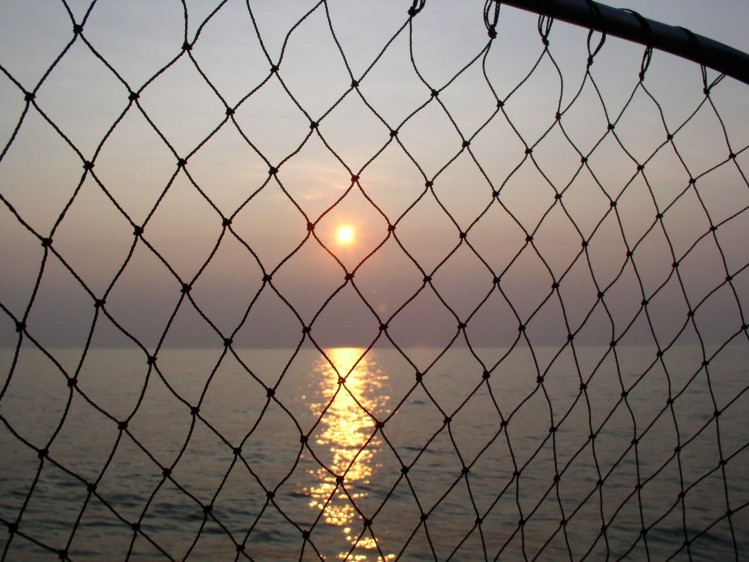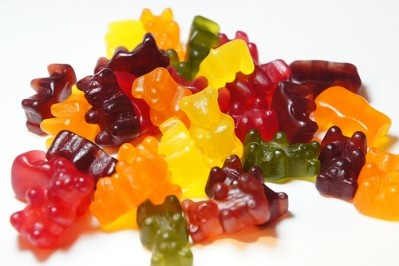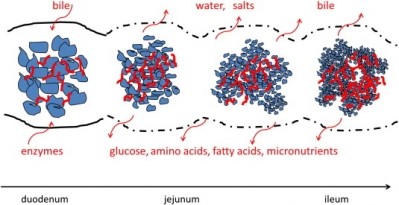Fish gelatine gaining in importance – but remains niche

Gelatine is used as a beverage clarifier, for thickening desserts, yoghurts and sauces; coating meats and topping pastries; and in confectionery and food foams. But the potential for this versatile animal-derived ingredient is restricted by religious and vegetarian lifestyle dietary choices, and in Europe, BSE (bovine spongiform encephalopathy) also crippled demand, despite industry’s efforts to convince consumers that fears about gelatine safety were unfounded.
According to market research firm Global Industry Analysts (GIA), the need to meet kosher (Jewish) and halal (Muslim) standards has boosted the importance of fish gelatine on global markets, although the market remains niche compared to mammal-derived gelatines.
However, interest in the ingredient’s potential has attracted increased attention in recent years, as researchers aim to overcome problems associated with using fish gelatine as an alternative to mammalian gelatine. In addition, using fish skin for food-grade gelatine could provide a useful (and profitable) outlet for waste products from fish.
Gelling temperature challenge
The main difference between traditional bovine or porcine gelatine and fish gelatine is amino acid makeup, which gives fish gelatine a lower gelling temperature. The temperature at which fish gelatine gels and melts also depends on the fish species – with cold water fish gelatine gelling and melting at lower temperatures – and this affects flavour release as well as the functionality of finished products.
Malaysian scientists, in a study in Food Hydrocolloids, suggested that warm water fish therefore may present the greatest promise for replacing mammalian gelatine. However, they wrote that scaling up the extraction process while ensuring consistent quality remained a challenge for processors.
Specific fish species
Earlier this year, Thai researchers backed the use of giant catfish and tilapia skin in a study that found the resulting gelatine had greater foaming, fat binding and water holding capacity than bovine gelatine, although lower emulsifying activity. This is just one among many emerging studies looking to characterise the functional properties of specific fish species with a view to more consistent results in use.
Apart from the selection of fish species, researchers have also explored mixing fish gelatine with other hydrocolloids or salts to improve their gelling and melting point properties – with mixed results.
However, despite the challenges, researchers and market specialists alike remain convinced that there is much wider potential for fish gelatine in foods and beverages. GIA has estimated that the global gelatine market will reach 395.84 thousand metric tons by 2017, with rising standards of living in China and India in particular promoting non-mammalian sources.
























